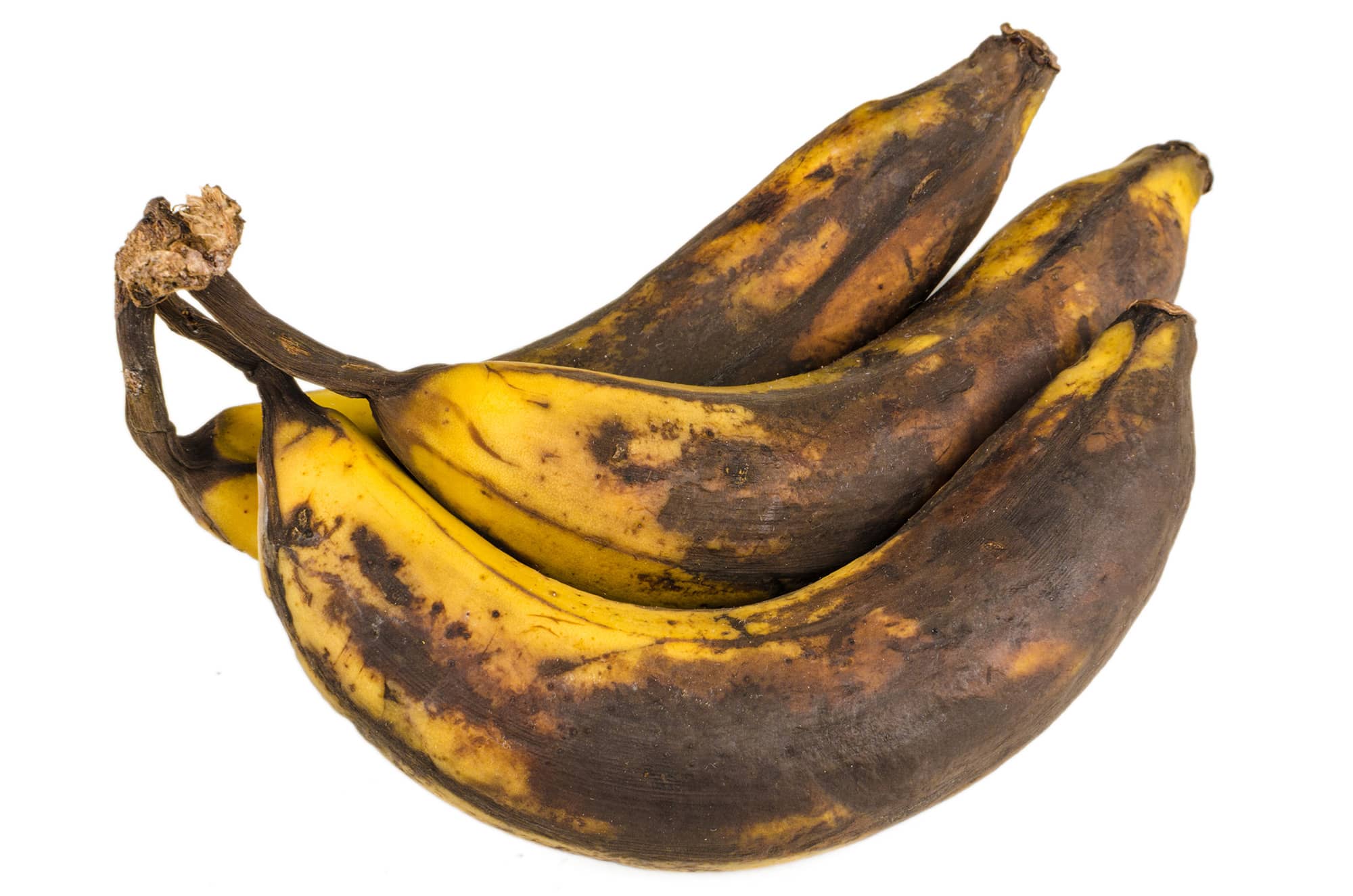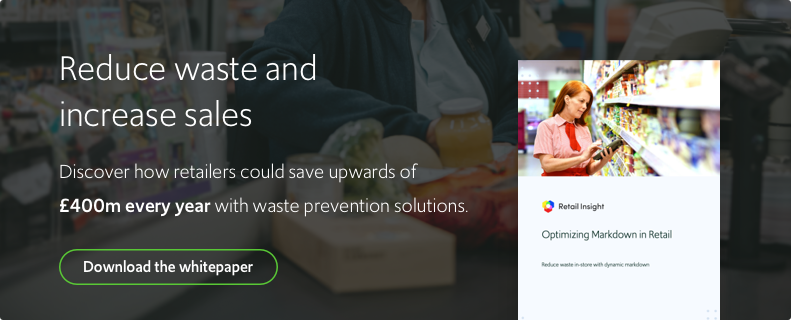
Rethinking retail food waste in the face of Covid-19

- 2 minute read
- Retail Insight Team
Tesco recently announced that the pandemic is set to cost the retailer £810m this year, an £85m increase on previous forecasts. Such results are indicative of the significant monetary challenges facing UK supermarkets. Although sales performance continues to be strong throughout Covid-19, grocers will be looking to offset the additional cost of operations to protect profitability.
Waste and markdowns have always been important KPIs for retailers. However, the way supermarkets handle retail food waste reduction is likely to become even more important this year to cut costs. This focus will also be accelerated by the increased pressure to improve sustainability and reduce their carbon footprint. Data from Wrap reveals that retail food waste in the UK is still increasing, despite overall levels falling. Based on our research, we estimate UK supermarkets face total waste bills in 2021 of over £2.4bn, of which 43% is liable for donation or the bin.
Why it is time to rethink retail food waste strategies
Many supermarkets have focused on reducing waste going to landfills by investing in third-party redistribution processes such as anaerobic digestion and stock donations to food banks. While donating stock is far better than disposal, this is not always the most appropriate solution, especially when fresh goods need to have enough life remaining to benefit food bank users. Over-reliance on this method can also prove counterproductive when some food banks cannot always accept items. Introducing a process of redistribution has also led to additional costs, often hidden, from administering stock donations in-store as well as the more obvious cost of goods.
Supermarkets must therefore rethink their approach to waste in the face of Covid-19 expenses. This review should include recognizing the lost commercial value of goods as well as the direct and indirect costs of stock redistribution.
How dynamic markdown helps retailers waste less
One of the simplest ways to retain the value of goods is through adopting dynamic markdown strategies. This approach underpins the principal aim of achieving the best price from consumers before goods expire. The best price does not mean the highest price, but a good model considers many factors such as the sell-through rates for a specific product, store, day, and time of day combinations. Getting this right for retailers means the cost of waste is minimized, and regular shoppers are rewarded with lower prices at the till. Waste is not eliminated entirely, and so redistribution of stock still plays an important role.
Nearly a third of all food produced is wasted each year. While the retail sector accounts for only 5% of this, there is an environmental, moral, and commercial imperative to take action. With the Covid-19 pandemic putting unprecedented pressure on retailer costs, this year, supermarkets must rethink their strategies in terms of retail food waste to get the most out of a product’s commercial value. This will not only benefit the environment, but also means retailers can invest more in lowering prices for all consumers.
Article first appeared in The Grocer.
Get in touch
Written by Retail Insight Team
Retail Insight takes data and turns it into action. Our advanced algorithms unlock valuable insights that drive better decision-making for retailers and CPGs.
You might be interested in


Markdown to get waste down

Technology can help supermarkets become more sustainable

Sustainability, reducing retail waste, and increasing customer loyalty

Grocers should do more to be sustainable, US shoppers say

BP renews with Retail Insight until 2027

The realities of retailing in 2023

What can grocery retailers do to help their customers manage inflation rates?

Retail Markdown Optimization: Split Packs & Damaged Items

Retail Insight continues work with Marks & Spencer to tackle food waste

Why do grocery retailers find on-shelf availability such a challenge?


